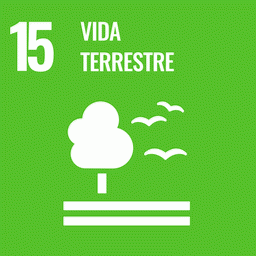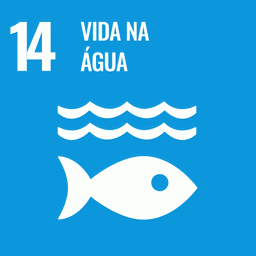Water quality in streams is determined by several factors, including geology, topography, climate, and anthropogenic changes. This study aimed to assess the effects of watershed physical, morphology, and precipitation seasonality on the water quality of two streams that supply drinking water to rural settlements and urban areas in the Cerrado-Amazonia transition region. We monitored 16 physico-chemical attributes of water at six different sample locations over three years (2013–2016). Our results indicate that eight of these physico-chemical attributes did not meet the standards for safe drinking water established by Brazilian legislation. Precipitation seasonality, degradation of riparian zones, stream length, and watershed slope were the most important predictors of impaired water quality. Our results highlight the importance of restoring and conserving riparian forests in order to maintain drinking water quality.
CO2-driven cation leaching after tropical forest clearing
CO2-driven cation leaching after tropical forest clearing
The objective of this study was to investigate the role of dissolved CO2 (H2CO3*) as a mechanism of cation removal from surface soils under secondary land uses in the tropics.


